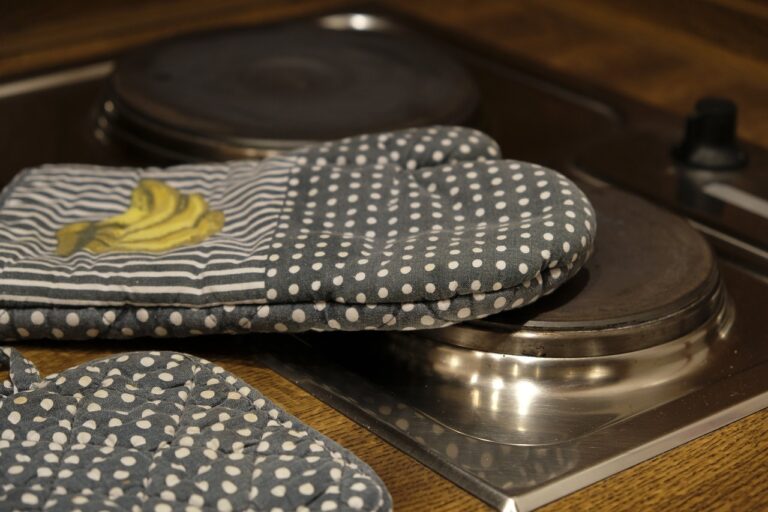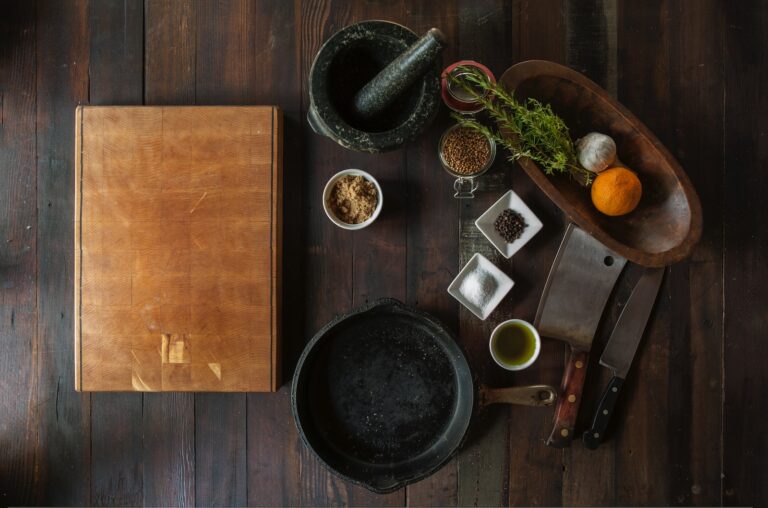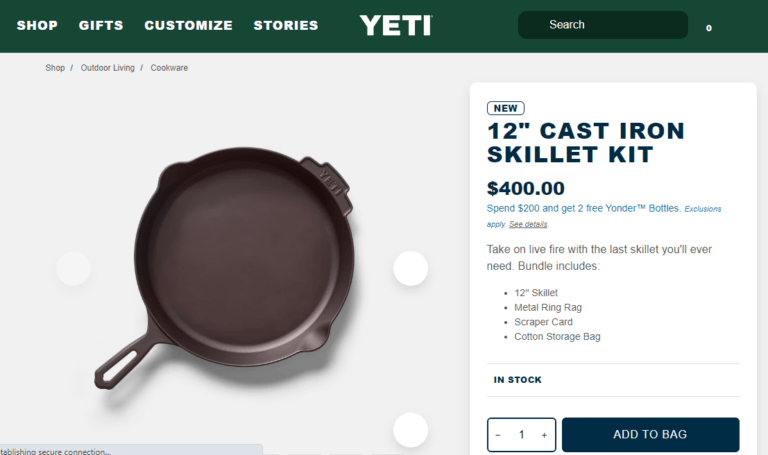I've always wondered which is better for cooking, a stainless steel pot or a Dutch oven. So, I decided to do some research and compare the two.
In this article, I'll break down the differences in material, heat distribution, versatility, cleaning, and price. By the end, you'll have a better idea of which option suits your cooking needs.
Let's dive in and find out which one comes out on top!
Material and Construction
I prefer using a stainless steel pot over a Dutch oven due to its durable construction and excellent heat conductivity. When it comes to cooking performance, stainless steel pots offer even heat distribution, allowing for consistent and efficient cooking. The material's ability to conduct heat quickly and evenly ensures that my food cooks evenly and avoids any hot spots.
Additionally, stainless steel pots are known for their durability, making them long-lasting and resistant to scratches and dents. In terms of aesthetics and design, stainless steel pots have a sleek and modern look that adds a touch of sophistication to my kitchen. Their shiny finish is easy to clean and maintain, making them a practical and stylish choice for any home cook.
Heat Distribution and Retention
When it comes to heat distribution and retention, I find that a dutch oven outperforms a stainless steel pot. The thick walls and heavy lid of a dutch oven help to distribute heat evenly throughout the cooking process, resulting in more consistent and delicious meals. Additionally, the cast iron material of a dutch oven retains heat incredibly well, allowing for slow and steady cooking that enhances flavors and tenderness.
In terms of cooking performance, a dutch oven excels in braising, stewing, and slow cooking dishes. Its ability to maintain a consistent temperature and evenly distribute heat ensures that food is cooked thoroughly and evenly.
Size and capacity also play a role in the cooking experience. Dutch ovens come in a variety of sizes, making them versatile for different recipes and portion sizes. Whether you're cooking for a small dinner or a large gathering, a dutch oven can accommodate your needs.
Versatility and Functionality
Versatility and functionality are key factors to consider when choosing a cooking vessel. As a home cook, I rely on my stainless steel pot for a wide range of cooking techniques. It's perfect for boiling pasta, making soups, and simmering sauces.
The stainless steel construction ensures even heat distribution and retention, allowing for precise cooking. Additionally, the stainless steel pot is compatible with various recipes, making it a versatile kitchen tool. Whether I'm searing meat, braising vegetables, or slow-cooking stews, this pot can handle it all.
Its durability and non-reactive surface also make it suitable for acidic ingredients. With its versatility and functionality, the stainless steel pot has become an essential part of my cooking routine.
Cleaning and Maintenance
After each use, I simply wipe down the cooking vessel with a damp cloth to remove any residue and ensure proper cleaning. It's a quick and easy method that keeps my stainless steel pot or Dutch oven looking sparkling clean.
However, sometimes there are stubborn stains that require a little more attention. To tackle these, I've a few go-to cleaning methods:
- Baking soda and water paste: I mix these two ingredients to create a paste and apply it to the stained areas. After letting it sit for a few minutes, I scrub gently and rinse off with warm water.
- Vinegar solution: I dilute vinegar with water and use it to soak the pot for a few hours. This helps to loosen up any stuck-on food or stains, making them easier to remove.
- Lemon and salt scrub: I cut a lemon in half, sprinkle salt on the cut side, and use it to scrub away stains. The acidity of the lemon and the abrasiveness of the salt work together to lift stubborn stains.
- Stainless steel cleaner: Occasionally, I use a specialized stainless steel cleaner to give my pot or Dutch oven a thorough cleaning. This helps to remove any tough stains and leaves a shiny finish.
With these cleaning methods, I can confidently say that my stainless steel pot or Dutch oven stays clean and stain-free, ready for my next delicious meal.
Price and Durability
In terms of price and durability, I find that investing in a high-quality cooking vessel is worth it in the long run.
When it comes to cost comparison, stainless steel pots tend to be more affordable upfront compared to Dutch ovens. However, when considering the longevity comparison, Dutch ovens are the clear winner. A well-made Dutch oven can last for generations, whereas cheaper stainless steel pots may show signs of wear and tear after a few years.
I learned this the hard way when I purchased a cheap stainless steel pot that started to rust and lose its non-stick coating within a short period of time. Since then, I decided to invest in a high-quality Dutch oven, and I've been enjoying its durability and performance ever since.
Conclusion
In conclusion, when comparing a stainless steel pot to a Dutch oven, it's clear that both have their advantages.
The stainless steel pot offers durability, easy maintenance, and a lower price point.
On the other hand, the Dutch oven provides excellent heat distribution, retention, and versatility in cooking various dishes.
Ultimately, the choice between the two will depend on individual preferences and cooking needs.



